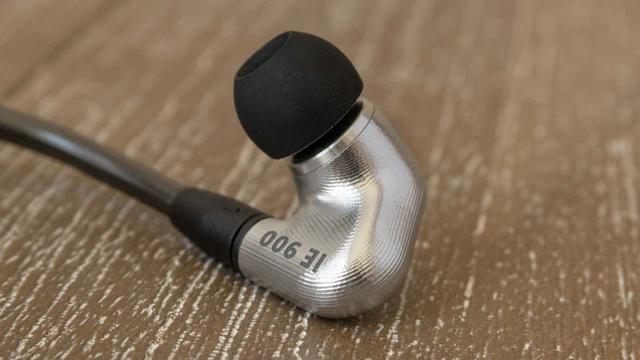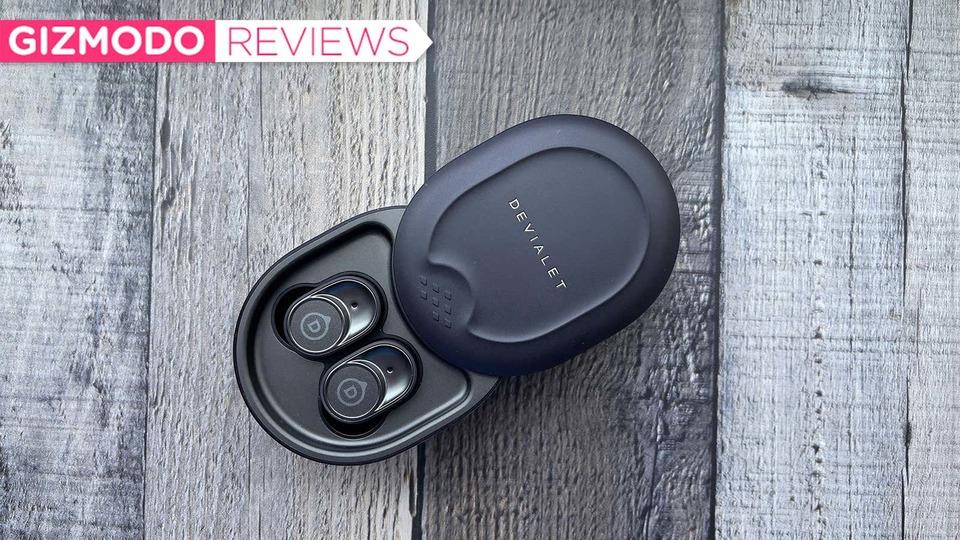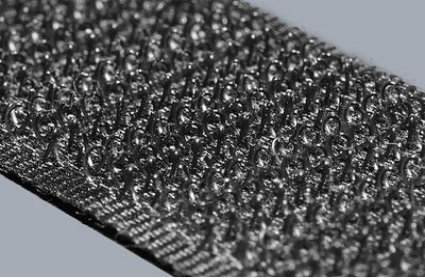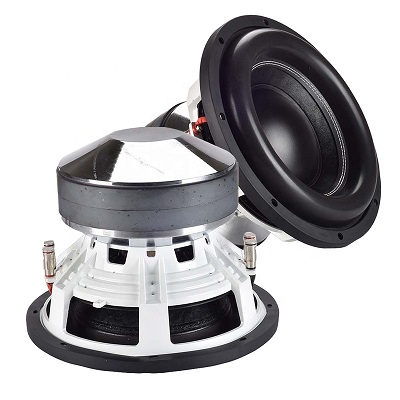An experience that surpasses almost all headphones and earphones.
Sennheiser has announced the flagship wired earphone "IE 900" with a domestic price of 162,800 yen (excluding tax). The price is far from common people who are hesitant about AirPods Max over 60,000, but can you feel the value? Andrew Liszewski, a reporter from Gizmodo's wired earphone group, has given us his first impression!
Wired if you want sound quality
Now every month a company launches a new wireless earbud that promises better battery life, better sound quality, noise canceling upgrades to shut down the world more. doing. No longer bulky and imperfect wireless, Bluetooth earbuds have evolved into compact, truly wireless, almost in-ear devices.
But all wireless earbuds have a common drawback. It uses Bluetooth, a wireless protocol not meant for high-quality audio streaming.
The Bluetooth technology standards body, the Bluetooth Special Interest Group (Bluetooth SIG), has developed a new wireless protocol that will solve various sound quality problems, but it's not ready yet. Current Bluetooth isn't all that bad, and while it's useful for wirelessly connecting devices over relatively short distances, the bandwidth is limited, so it's just for streaming from online services like Spotify and Apple Music. Even a compressed sound source is getting more and more crushed by the time it reaches the earphones. However, many people now choose the convenience and comfort of wireless earphones over sound quality.
But for those of you who aren't one and don't want compression algorithms ruining your sound quality, Sennheiser continues to make wired earbuds. And they didn't just rehash old technology, they also evolved the IE 900 earbuds for audio lovers. The sound is, of course, otherworldly. The question is, do you want to pay $1,300 for that sound quality? That's what it means.

The machined aluminum earpieces are the key
The most impressive feature of the IE 900 is its "triple resonator chamber" structure, which starts with carving out the earpieces from a block of aluminum. . The earbuds are not shiny mirror-finished, but rather leave traces of carving, which gives a sense of professionalism and price.
It is strategic that the material is aluminum. The "patented absorber system" divided into three parts inside the earpiece is combined with the "acoustic vortex carved into the nozzle" to offset acoustic masking (a phenomenon in which low-volume high-pitched sounds are drowned out by loud low-pitched sounds). It is said. The inside of the earpiece is designed to absorb low-frequency energy moderately and not drown out faint high-pitched sounds, ensuring a proper balance between high and low.
The aluminum housing, combined with a 7mm TrueResponse transducer that uses a newly developed membrane foil (diaphragm), minimizes distortion and creates a balanced sound no matter how loud you raise the volume. The IE 900 is supposed to reproduce frequencies from 5Hz to 48,000Hz, which is pretty much overkill since most of the sounds that humans can hear are between 20Hz and 20,000Hz.
Minimalistic accessories
The accessories that come with the IE 900 are minimal, but they work. The hard carrying case zips shut to keep the IE 900 well protected, and the ear tips come in two sets of hard silicone and soft-fitting memory foam, each in three sizes. In addition, this earpick-like stick with a logo is for scraping fine dirt.
Three types of audio cables are included. The first is an unbalanced cable with a common 3.5mm connector, which is used with common consumer devices. The other two are balanced cables with 2.5mm or 4.4mm connectors for use with professional and hobbyist audio equipment. When I turned on an old stereo set at my grandfather's house, the first thing I heard was a buzzing sound.
Sound Quality Only Here
I'm wondering if the $1,300 wired earbuds sound different, or if Sennheiser is just saying something audiophiles like to hear. , That's what it means. But for better or worse, there are still differences. I've resisted wireless earbuds for years, and I'm still using $150 wired earbuds, but the IE 900 has far surpassed them. The highs are surprisingly crisp and clear. My hearing isn't superhuman, but I quickly realized that they still represented a far wider range of sound than any earphone I've ever used.
The bass performance is also great, which is amazing considering the IE 900's drivers are only 7mm. For comparison, I really like the bass in Sony's cheap wireless earbuds, the WF-XB700s, which use 12mm drivers. But the IE 900 sounds much better, and doesn't feel like it's trying too hard to get bass. Even when I cranked the volume up to a comfortable listening level, the bass didn't start to distort or sound muffled.
That said, if you want to pay $1,300 for wired earbuds and experience the ultimate in high-quality sound, don't plug them directly into your computer or phone's headphone jack. I hooked it up to Razer's THX Onyx, a $200 headphone amp, and listened to Tidal's HiFi option (which lets you listen to many songs in studio master quality).
Then it sounded the best sound quality I've ever heard in over-ear headphones. Even with the volume maxed out comfortably (which was about half the volume the device could handle), it didn't distort or muffle. The sparkling clear sound makes you feel like you're on stage with a band playing.
The IE 900 will be officially available on June 1st, but it's certainly not the kind of thing that everyone should jump into and buy. Sure, the sound quality is great, but wireless earbuds are more convenient, feature-rich, and usually cost over $1,000 less than the IE 900. But if you're on the move and want to keep the best audio in your pocket, the IE 900 is enough to save you from carrying bulky headphones.


